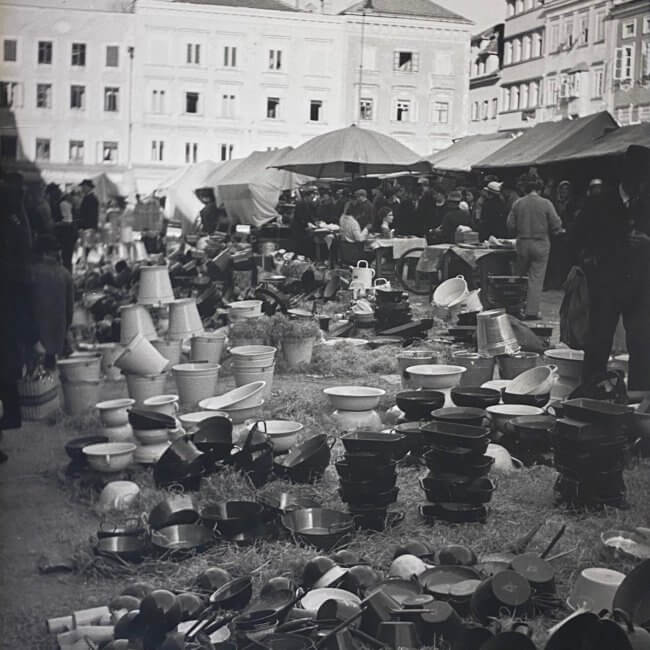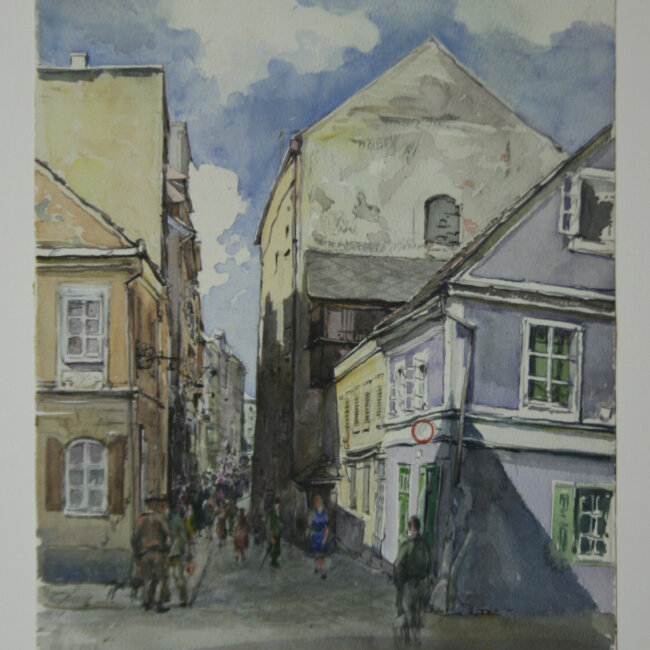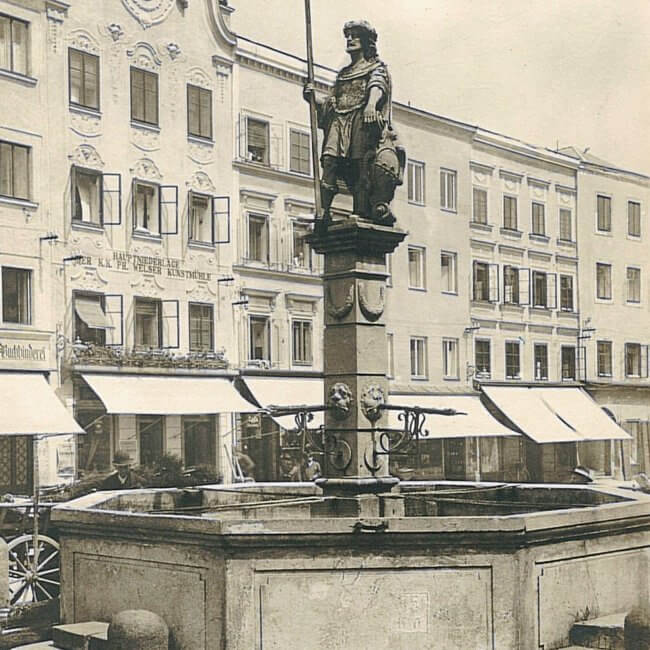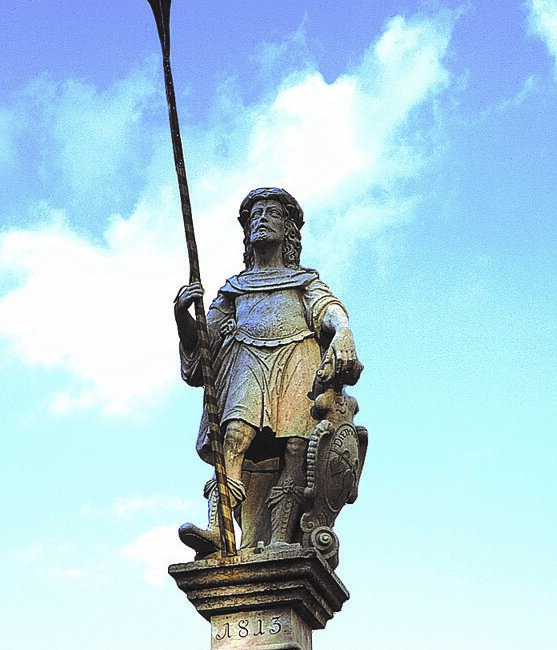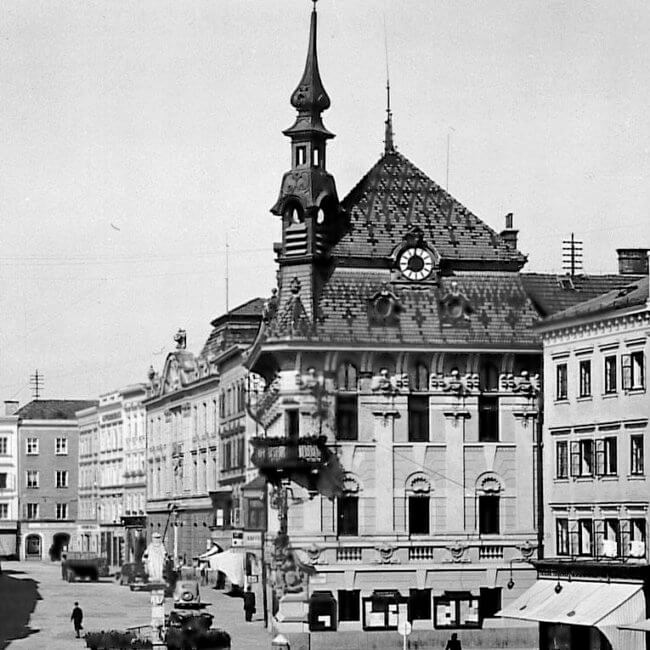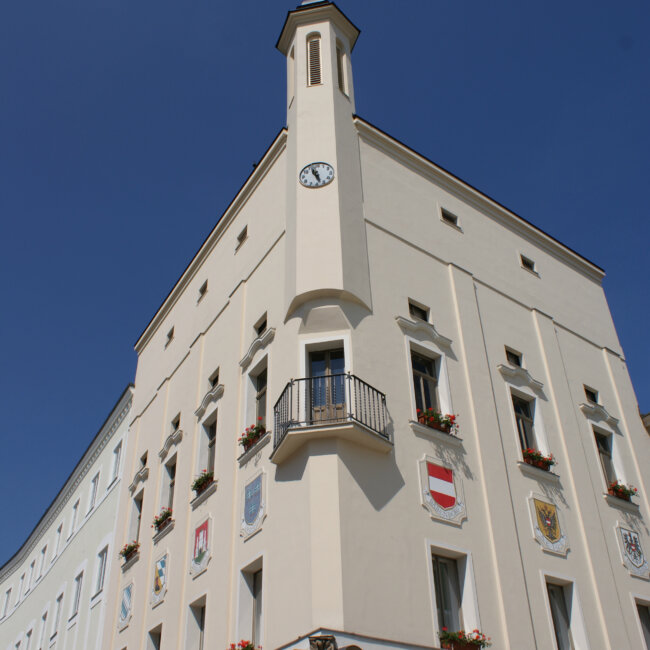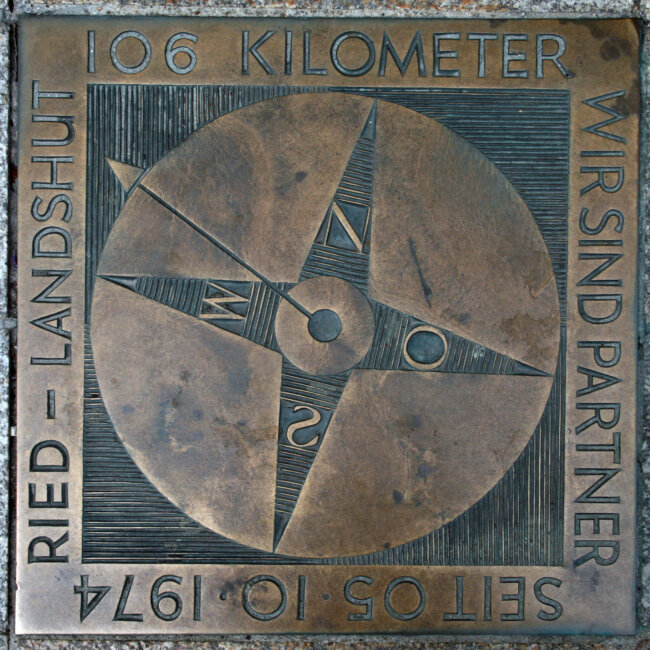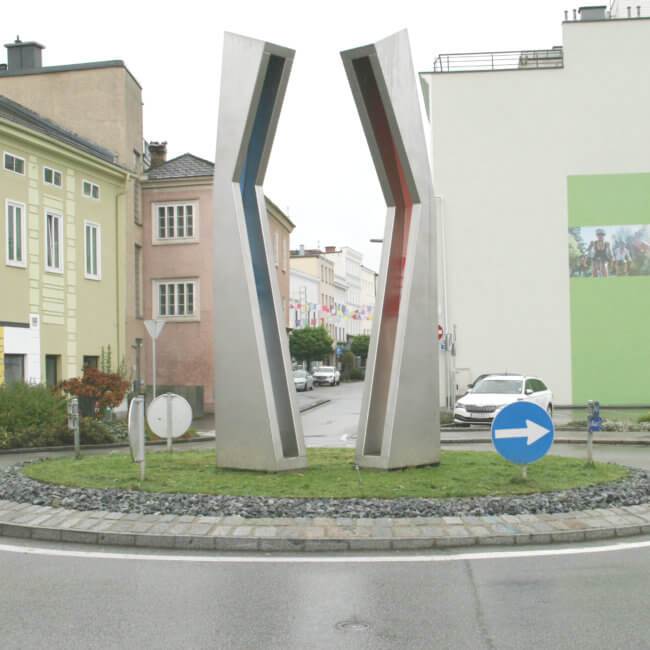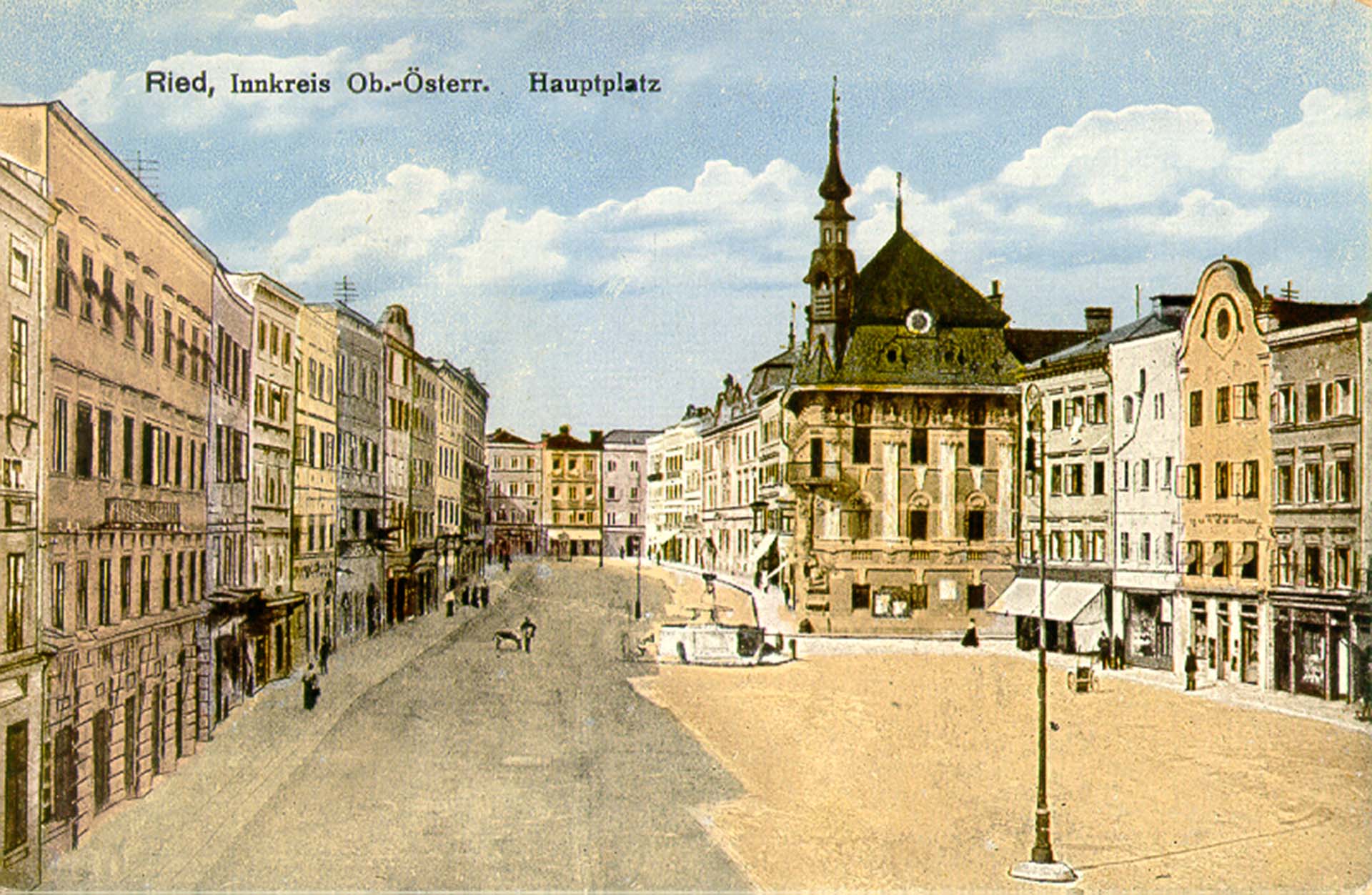
The rectangular Main Square is the largest and most important of the four squares. So it is no surprise that it was renamed in the 1930s. During Austrofascism and after the annexation of Austria by the German Reich, it was known by the names of the relevant rulers. After the Second World War the Hauptplatz was finally given its old name again.
It is divided into upper and lower sections by the Dietmar Fountain. The lower square is the traditional marketplace.
Town houses in the Inn-Salzach style line the slightly curved square. The core architecture of many of them is Gothic or early Baroque. The building façades extend above the pediments, concluding in straight horizontal lines. They and the firewalls between the houses were intended to prevent sparks from jumping from roof to roof. 200 years ago the town invested in prestigious façades.
Businesses such as gingerbread makers, linen merchants, goldsmiths, brewers, leather workers, furriers and trading companies established themselves here. Many inns profited from the bustling trade.

